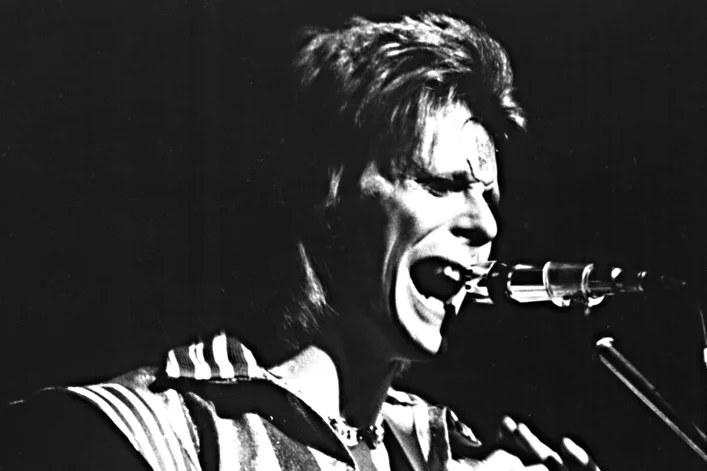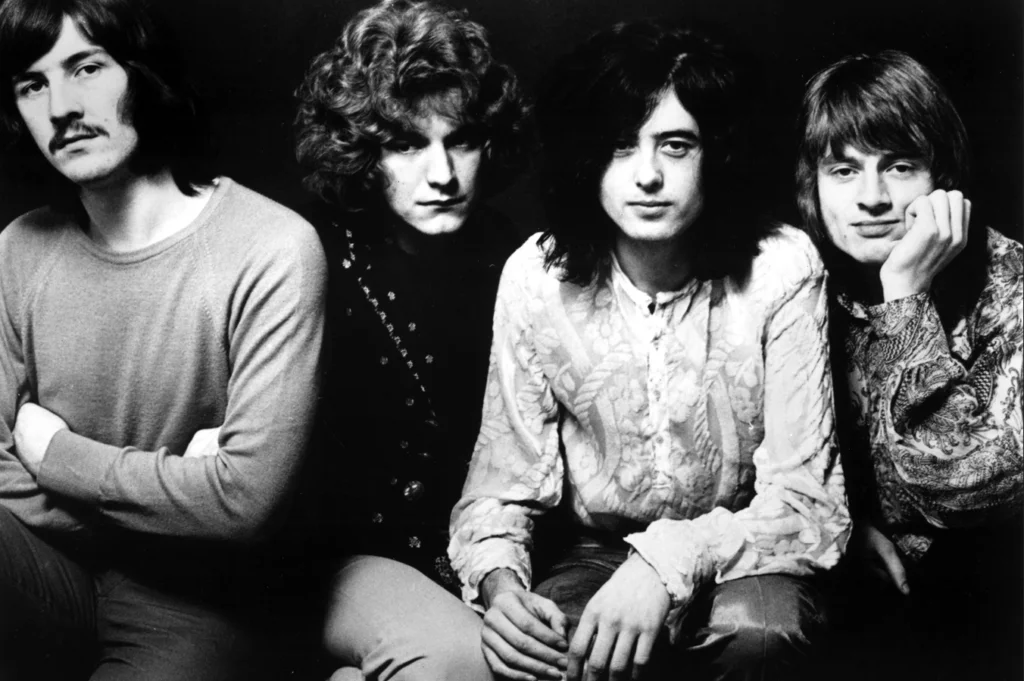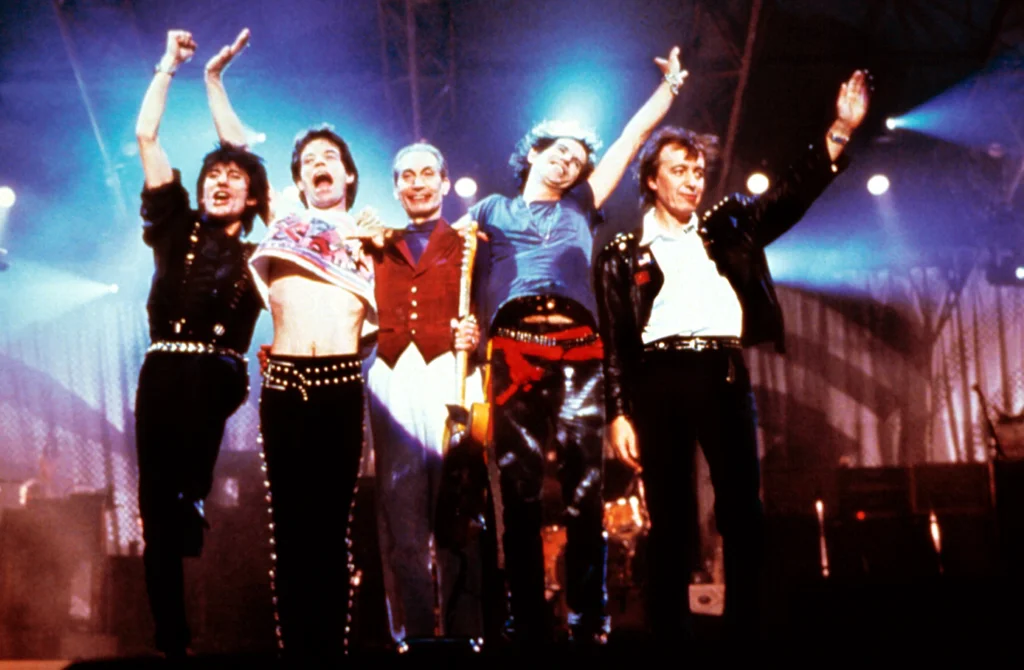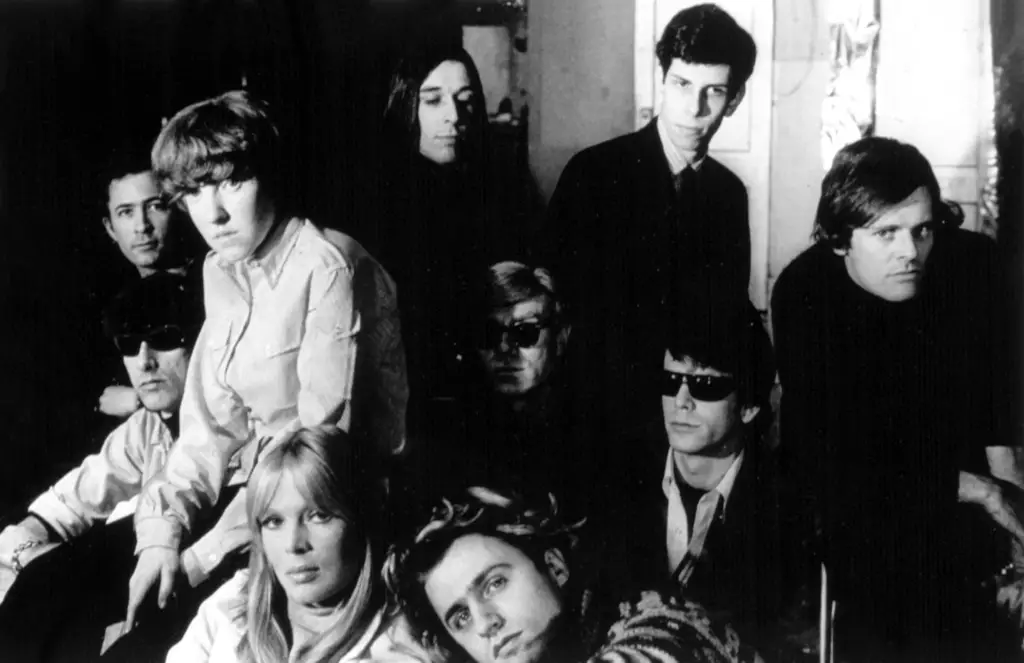1. The Rise and Fall of Ziggy Stardust and the Spiders from Mars – David Bowie

David Bowie’s The Rise and Fall of Ziggy Stardust and the Spiders from Mars was nothing short of revolutionary in 1972. With its theatrical glam-rock persona, the album introduced the world to Ziggy Stardust, a fictional rock star who blurred the lines between reality and fantasy. Bowie’s audacious persona and futuristic sounds were a bold departure from what the rock world was accustomed to, marking a turning point in music and performance art. He took risks by combining pop, rock, and science fiction in a way no artist had before.
The album was as much about the storytelling as it was about the music itself. Tracks like “Starman” and “Suffragette City” became instant anthems, pushing Bowie into the stratosphere of stardom. But what truly made this album a game-changer was its concept. It wasn’t just an album—it was a full narrative, intertwining music with a larger-than-life persona. With Ziggy Stardust, Bowie turned the rock scene upside down, making it safe for future artists to experiment with identity, sound, and performance.
2. What’s Going On – Marvin Gaye

Marvin Gaye’s What’s Going On was a groundbreaking moment in 1971, not only because of its soulful melodies but for its unapologetic dive into social and political issues. At a time when Motown was known for its smooth love songs, Gaye challenged the status quo with an album that spoke directly to the troubled times of the late ’60s and early ’70s. Through songs like “Mercy Mercy Me (The Ecology)” and the title track “What’s Going On,” Gaye introduced a new level of depth in R&B, seamlessly blending social commentary with a soulful, smooth sound.
The album’s combination of jazz, soul, and orchestral elements was a risk that paid off. With its seamless flow of tracks, What’s Going On felt more like a continuous narrative than a collection of individual songs. It pushed the boundaries of what soul music could address and opened doors for future artists to tackle social issues head-on through their work. The emotional honesty and vulnerability Gaye displayed helped cement What’s Going On as one of the most influential albums in the history of music.
3. Led Zeppelin IV – Led Zeppelin

Released in 1971, Led Zeppelin IV was the album that solidified Led Zeppelin as legends in the world of rock. The band had already made a name for themselves with their electrifying performances and intricate compositions, but this album took their sound to new heights. It was a bold move to release an album without a title or any clear indication of who the artists were, leaving listeners to focus purely on the music. Led Zeppelin IV was a mix of hard rock, folk, blues, and mystical elements, pushing the limits of what rock music could encompass.
“Stairway to Heaven” remains one of the most iconic songs in rock history, and it was on this album. The song’s intricate structure and poetic lyrics represented a departure from traditional rock song formats. With this album, Led Zeppelin showed that rock could be both heavy and deeply philosophical, incorporating influences from various genres and expanding the boundaries of what was possible in mainstream rock music.
4. Ram – Paul McCartney

Paul McCartney’s Ram, released in 1971, was one of the most daring albums of the ’70s, especially considering McCartney’s famous reputation as a member of The Beatles. The album was a personal and creative departure from what fans might have expected, veering toward a more experimental, lo-fi style that blended pop, rock, and even some folk elements. McCartney took risks by not adhering to conventional pop structures, allowing for a looser, more organic sound to permeate the entire album.
Tracks like “Uncle Albert/Admiral Halsey” and “The Back Seat of My Car” were eclectic in their approach and demonstrated McCartney’s willingness to experiment without fear of commercial failure. The album’s unconventional production and instrumentation made it an instant classic in its own right. Ram also marked McCartney’s first full creative release since The Beatles’ breakup, and while it wasn’t universally accepted at the time, it has since been recognized as a defining moment in the evolution of his solo career.
5. Exile on Main St. – The Rolling Stones

Released in 1972, Exile on Main St. is considered one of The Rolling Stones’ greatest achievements and a true risk in terms of its musical direction. After years of producing polished, radio-friendly hits, the band decided to embrace a raw, gritty sound that captured the essence of their wild, rebellious spirit. Recorded in a French villa during a time of turmoil for the band, the album had an aura of chaos and spontaneity that influenced its unique mix of rock, blues, and country.
The result was an album that felt like a stripped-down snapshot of a band on the edge of excess. Tracks like “Tumbling Dice” and “Happy” showcased the band’s ability to mix swagger with vulnerability. Exile on Main St. pushed rock music in a more experimental, rootsy direction, and it became the foundation for many of the sub-genres of rock that emerged in the decades that followed. Its rawness and unapologetic spirit continue to influence artists today.
6. The Velvet Underground & Nico – The Velvet Underground

Although it was released in 1967, The Velvet Underground & Nico had a lasting impact on music that truly began to take hold in the ’70s. With its avant-garde approach to rock music, the album pushed boundaries in ways that were almost too radical for its time. The Velvet Underground’s mix of dark, experimental rock with Lou Reed’s raw, poetic lyrics about taboo subjects like drug use and sexuality was something no one had done before.
The album’s collaboration with pop artist Andy Warhol, who produced it, further cemented its status as a groundbreaking record. Although it was not a commercial success when it first came out, The Velvet Underground & Nico influenced generations of musicians in its wake. Its impact on the punk, alternative, and indie rock scenes was immeasurable, and it proved that music could not only be a form of entertainment but a tool for social commentary and artistic expression.


